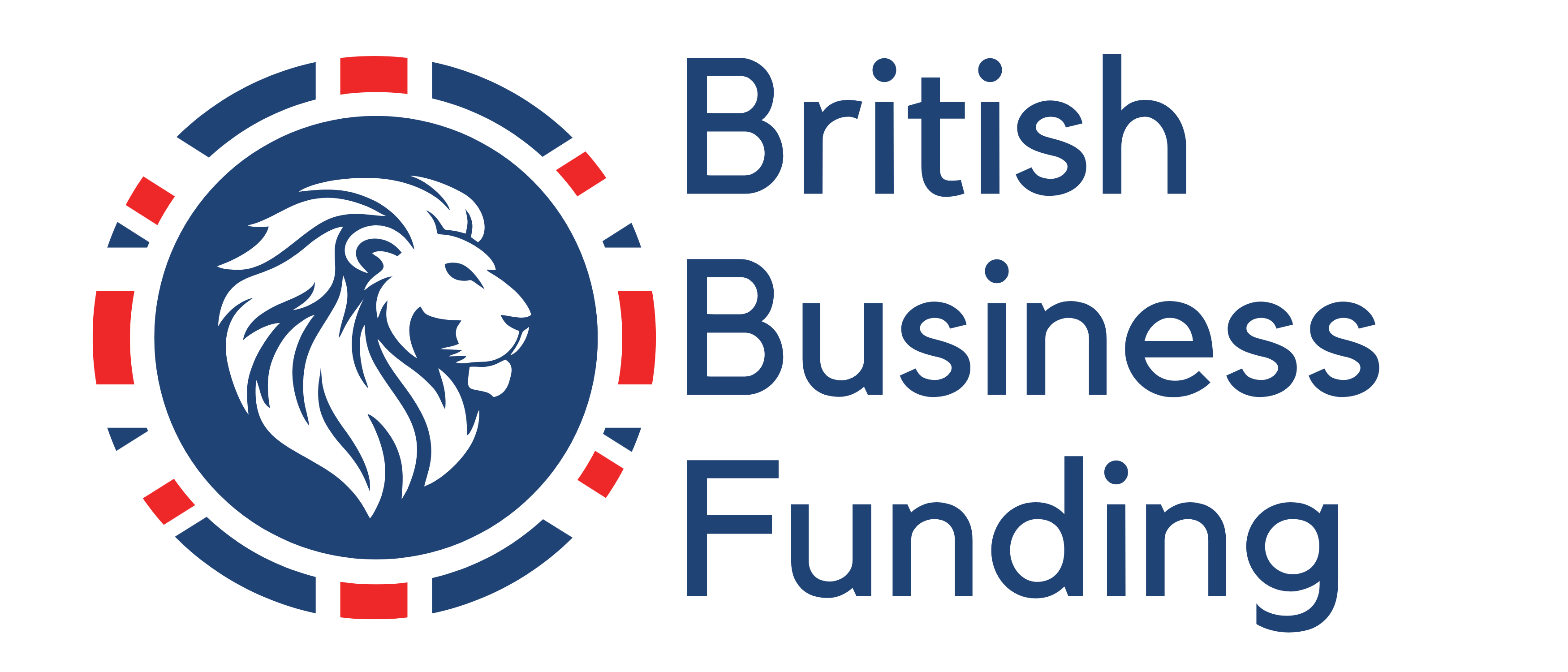Cash flow, the net movement of cash and cash equivalents in and out of your business, is the lifeblood that sustains your operations. Assessing cash flows is critical for evaluating a company’s liquidity, operational flexibility, and overall financial performance 1. In the world of business finance, your ability to manage cash flow effectively can be the key to unlocking avenues for capital, securing business loans, and ensuring the longevity of your SME.
Finding the right cash flow solutions is essential for tackling common financial hurdles, from improving credit scoring to optimising inventory management. This article navigates through strategies to enhance cash flow, offering insights into efficient accounts receivable processes and forecasting financial planning, to keep your business thriving 3.
Lack of Cash Reserves
Building a robust cash reserve is a cornerstone of effective cash flow management, enabling businesses to navigate through unforeseen financial challenges with greater ease. Here are actionable strategies to enhance your business’s financial resilience:
- Establish Clear Targets: Aim for a cash buffer equivalent to three to six months of operating expenses. This target provides a safety net, ensuring your business can withstand periods of reduced income or unexpected expenses 7.
- Adopt a Disciplined Savings Approach: Consistently set aside a percentage of profits into a dedicated emergency account. This disciplined approach helps in gradually building your cash reserves without significantly impacting your day-to-day operations 7.
- Optimise Debt Management: Efficiently managing your debt, such as renegotiating terms with creditors for extended settlement periods or focusing on clearing debts swiftly, can free up more capital to contribute towards your cash reserves 5.
- Leverage High-Interest Savings Accounts: Utilising high-interest savings accounts for your cash reserves can enhance liquidity while simultaneously growing your cash position, improving overall cash flow. This strategy ensures your reserves are working for you, even when they’re not actively being used 8-9.
- Replenish Used Funds Promptly: Always aim to replace any funds withdrawn from your cash reserves as swiftly as possible. This practice ensures your safety net remains intact for future needs, safeguarding your business’s financial health 5.
By implementing these strategies, businesses can significantly strengthen their cash flow solutions, ensuring they are well-prepared to handle unexpected financial disruptions and maintain operational stability 4 6.
Inefficient Accounts Receivable Processes
To mitigate the impact of inefficient accounts receivable processes on your cash flow, consider implementing the following strategies:
- Automate Invoicing and Collections: Leverage technology to automate sales and collection processes, ensuring invoices are sent promptly and followed up efficiently. This reduces the time between issuing an invoice and receiving payment, directly improving your cash flow 6. Automation can reduce the time spent on cash collection by up to 80%, streamlining operations and minimising errors 11.
- Effective Invoice Management: Prioritise actions such as focusing on overdue invoices and the largest unpaid customer payments. Implement electronic billing and payment options to expedite the payment process. Additionally, segmenting customers and tailoring collection strategies according to their payment behaviour can significantly enhance the effectiveness of your collections 10.
- Engage in Proactive Communication and Policy Enforcement: Establish clear payment terms, including penalties for late payments, and offer incentives for early payments. This not only encourages faster payments but also provides you with immediate access to working capital. Regularly assess your accounts receivable portfolio for risks, and maintain an accurate customer database to support effective communication and policy enforcement 12.
Poor Cash Flow Forecasting and Financial Planning
To navigate the challenges of poor cash flow forecasting and financial planning, consider these actionable strategies:
- Adopt a Data-Driven Approach:
- Utilise a 13-week forecasting period to assess liquidity risk and manage cash effectively 14.
- Implement a rolling forecast to refine the accuracy of both forecasted and budgeted revenue 14.
- Ensure real-time visibility into financial data to adeptly manage liquidity risks. This can be achieved through the use of analytics platforms and automation tools 14.
- Streamline Processes and Assumptions:
- Define the purpose and parameters of your cash flow forecast, including acceptable output and accuracy measurements 15.
- Disclose all assumptions used in the forecast and understand the actuals to ensure transparency and accuracy. Regularly validate and adjust forecasts through variance analysis 15.
- Align your short-term cash flow forecast with the long-term corporate model to reconcile any discrepancies and assumptions 15.
- Leverage Technology and Collaboration:
- Utilise technology, such as specialised software and automation tools, to streamline the forecasting process and reduce human error 16 17.
- Engage key stakeholders from finance, operations, and sales teams to ensure the forecast reflects a comprehensive view of the business 16.
- Regularly update forecasts and review them against actual business conditions, allowing open discussions among financial teams to steer the business towards achieving both short-term and long-term financial goals 16 17.
Excessive Inventory and Poor Inventory Management
Managing excessive inventory and poor inventory management can significantly impact your business’s cash flow. Here are practical strategies to address this issue:
- Creative Solutions for Excess Inventory:
- Bundling Products or Services to increase sales and move slower-moving items 20.
- Discounting to incentivize purchases and clear inventory 20.
- Repackaging items as rewards for customers, fostering relationships 20.
- Remarketing with updated keywords and visuals to reach the right audience 20.
- Donation for a tax write-off, clearing excess stock and gaining a tax benefit 20.
- Innovative Payment and Sales Channels:
- Buy Now, Pay Later options make large purchases more accessible for customers 20.
- Selling Online through various platforms to reach a wider audience 20.
- Streamlining Inventory Management:
Implementing these strategies can help you better manage inventory, improve relationships with customers, and enhance your business’s financial health.
Conclusion
Throughout the challenges of managing and enhancing cash flow, businesses are presented with multiple strategies that, when effectively implemented, can significantly improve their financial health and operational stability. From fostering a solid cash reserve to optimising inventory management, and from automating invoicing processes to adopting a data-driven approach for accurate forecasting, the foundational steps outlined in this article aim to guide SMEs towards financial resilience. It’s about creating a financial environment within which businesses can not only survive unexpected disruptions but can also identify and leverage opportunities for growth and development.
As these strategies emphasise the importance of prudent financial planning and efficient management, it’s crucial for businesses to seek out resources and support that align with their specific needs. See if British Business Funding can help solve your cash flow problems today. By reflecting on these key points and implementing the discussed measures, businesses can pave the way for a more secure and prosperous future, turning potential financial pitfalls into stepping stones towards achieving their long-term goals. Remember, the journey towards financial stability is ongoing, and continuous improvement and adaptation are essential to sustain and enhance business performance in the dynamic market landscape.
FAQs
Q: What steps can be taken to address cash flow difficulties?
A: To tackle cash flow challenges, consider the following strategies:
- Increase your business turnover to boost income.
- Reduce or postpone your expenses where possible.
- Optimise your inventory and fixed assets to free up cash.
- Shorten the payment terms for your customers to encourage quicker payments.
- Negotiate extended payment terms with your suppliers to delay outflows.
- Explore financing options to support your cash flow. Remember, cash refers to the actual funds a company has immediately available, including in its bank accounts.
Q: Can you name a single strategy to improve cash flow?
A: One effective method to alleviate cash flow issues is through payment solutions such as supplier financing, which helps businesses improve cash flow without incurring additional debt. Other options include refinancing existing loans to secure lower payments or consolidating debt, and obtaining term loans with competitive interest rates to enhance cash flow.
Q: How can one calculate cash flow from financing activities?
A: To work out cash flow from financing activities, follow these steps:
- Identify any new equity issued.
- Calculate any buy-backs of equity.
- Determine any new debt issued.
- Work out any debt repayments.
- Calculate any new capital lease obligations.
- Calculate any buy-backs of capital leases.
- Finally, subtract the total equity or debt repurchased from the amount issued to find the net cash flow from financing activities.
Q: What are typical cash management issues and their solutions?
A: The five frequent cash management challenges include:
- The need for standardisation and centralisation of processes.
- The large volume of bank data to handle.
- Manual processes that are time-intensive.
- Managing settlements and transactions in various currencies.
- Keeping up with regulatory changes. Addressing these issues often involves automating processes, centralising cash management, and staying informed about regulatory updates to ensure compliance and efficiency.
References
[1] – https://www.investopedia.com/terms/c/cashflow.asp
[2] – https://www.linkedin.com/company/cash-flow-solutions-inc-
[4] – https://www.paychex.com/articles/finance/how-to-mitigate-cash-flow-problems
[5] – https://www.forbesburton.com/insights/how-to-build-up-your-cash-reserves-in-5-simple-steps
[6] – https://www.connectwise.com/blog/business-growth/tips-for-building-and-maintaining-a-cash-reserve
[7] – https://www.rmbank.com/business-insights/business-cash-reserves-protecting-assets-future-planning
[8] – https://www.investopedia.com/articles/personal-finance/061215/10-ways-improve-cash-flow.asp
[9] – https://www.businessnewsdaily.com/15017-cash-flow-strategies.html
[10] – https://upflow.io/blog/ar-collections/improve-accounts-receivable-collection
[11] – https://upflow.io/blog/ar-collections/accounts-receivable-management
[12] – https://pulse.moodysanalytics.com/blog/10-accounts-receivable-process-improvement-ideas/
[13] – https://www.cnb.com/business-banking/insights/accounts-receivable-collection.html
[14] – https://www.cashanalytics.com/cashflow-forecasting-best-practice/
[16] – https://www.thefinanceweekly.com/post/forecasting-and-managing-cash-flow-best-practices
[17] – https://trovata.io/blog/cash-forecast-best-practices/
[18] – https://www.investopedia.com/investing/what-is-a-cash-flow-statement/
[19] – https://tipalti.com/accounting-hub/cash-flow-management/
[20] – https://squareup.com/us/en/the-bottom-line/operating-your-business/managing-excess-inventory
[21] – https://vlcpa.com/article/ten-ways-to-deal-with-excess-inventory/
[22] – https://www.netsuite.com/portal/resource/articles/financial-management/cash-flow-analysis.shtml
[23] – https://agicap.com/en/article/cash-flow-management-techniques/

